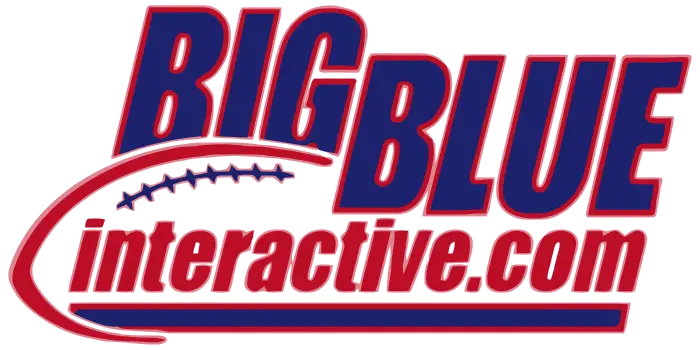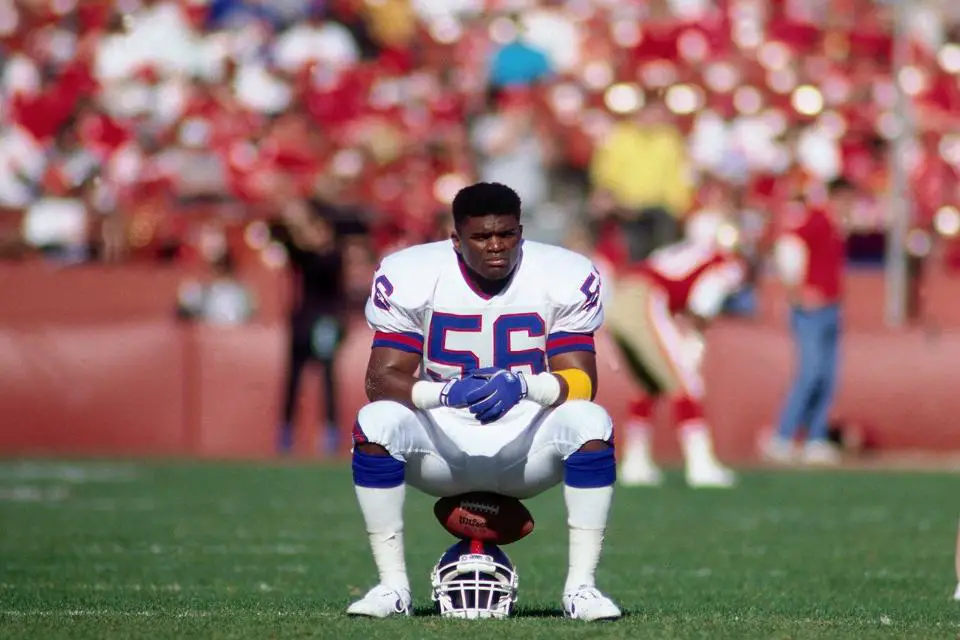
by Larry Schmitt | Sep 1, 2023 | Articles, New York Giants History
Through their first ninety-nine seasons, the New York Football Giants have participated in some of the most famous games in professional football history: “The Sneakers Game” in 1934, “The Greatest Game Ever Played” in 1958, and the 2007 Giants upsetting the 18-0 New...
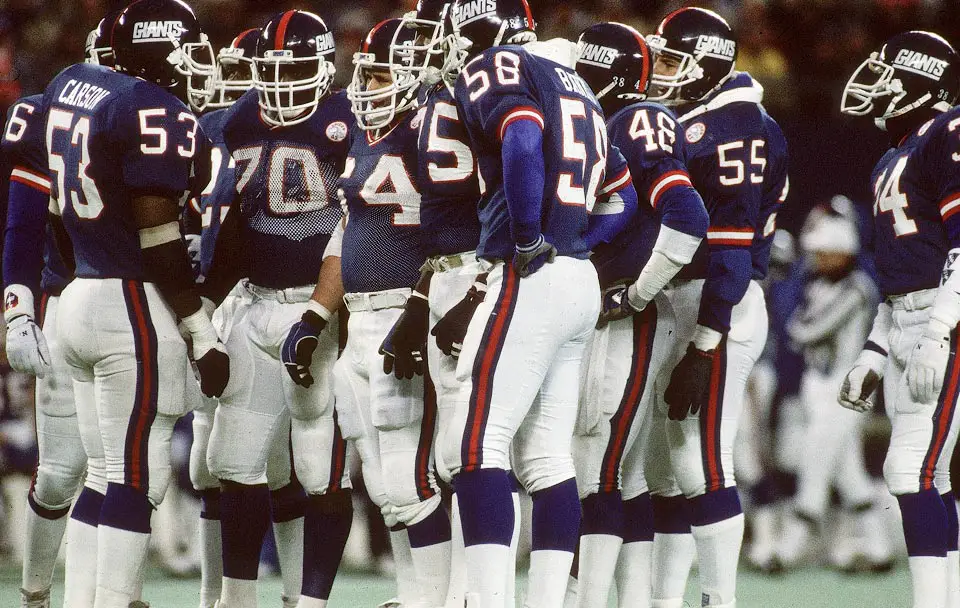
by Larry Schmitt | Jan 25, 2017 | Articles, New York Giants History
Ghosts come in a variety of forms. By the early 1980’s, the New York Football Giants had been haunted by a cavalcade of specters for over two decades. They were known as Frank Gifford, Sam Huff and Charlie Conerly – echoes from the glorious Golden Age – memories of...
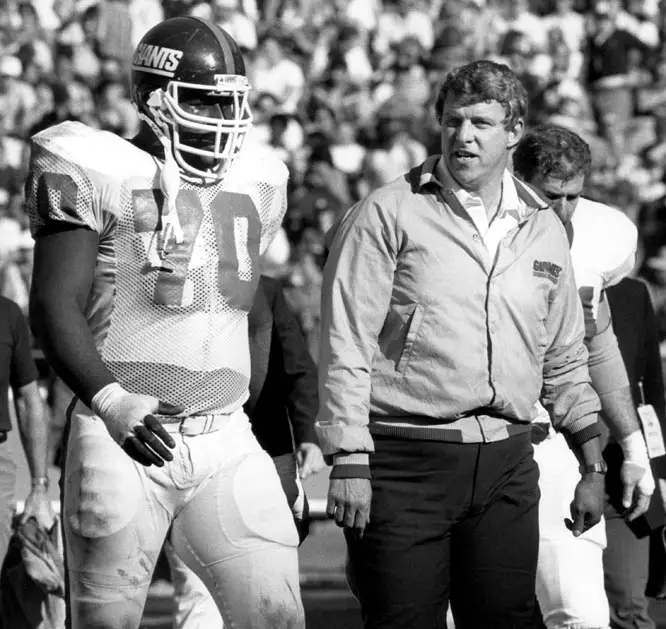
by Larry Schmitt | Nov 17, 2016 | Articles, New York Giants History
By Larry Schmitt, with contributions from Matt Michelman The day after the close of the 1978 season, and 29 days after The Fumble, December 18, 1978, John McVay was released as head coach of the New York Giants and Andy Robustelli resigned as director of football...
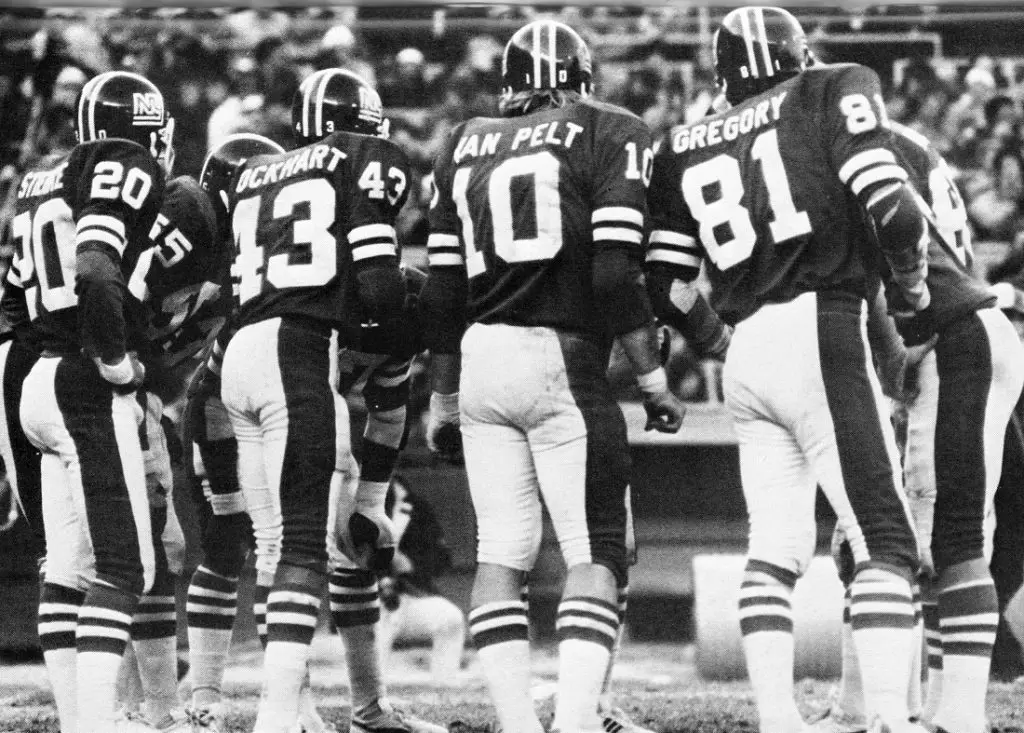
by Larry Schmitt | Aug 7, 2016 | Articles, New York Giants History
The first chapter of the New York Football Giants history closed on December 29, 1963. Up until that time, one of the cornerstone franchises of the NFL, the Giants prospered on the field while they regularly struggled financially to stay afloat. The franchise nearly...
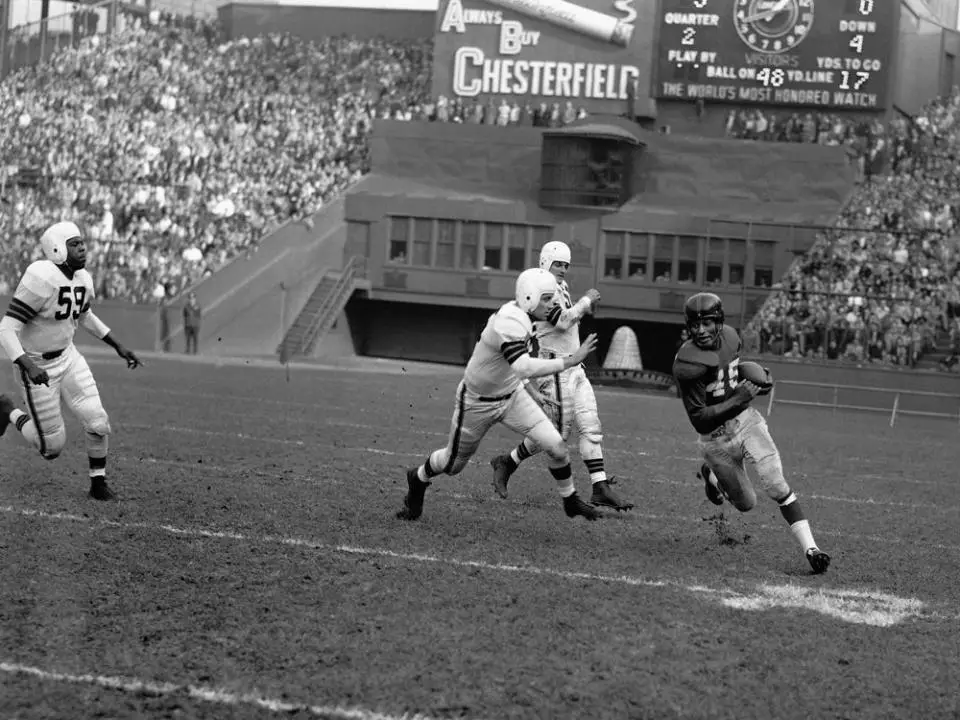
by Larry Schmitt | Oct 7, 2015 | Articles, New York Giants History
Emlen Tunnell and Roosevelt Brown were the first and second African-American players of the New York Football Giants franchise, respectively. They arrived from obscurity – Tunnell as a free agent who walked in off of the street and asked for a job, and Brown as a 27th...
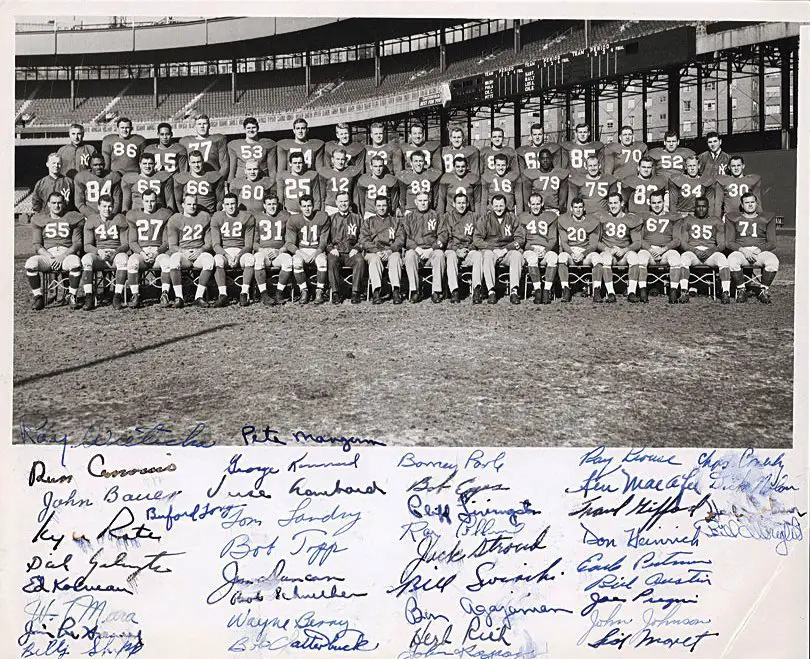
by Larry Schmitt | Jul 12, 2015 | Articles, New York Giants History
Jason Pierre-Paul is not the first New York Giant player to lose a digit during an off-season, non-football-related accident. In the summer of 1954, the Giants signed what they thought was a promising young end named Haldo Norman to their roster. Norman was a...







